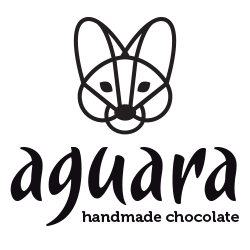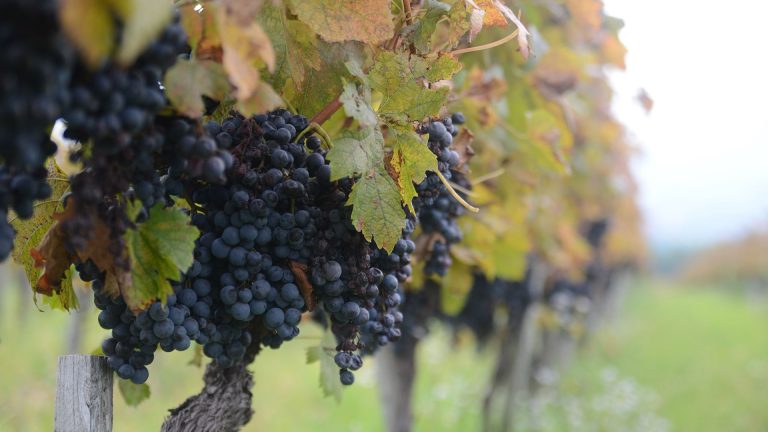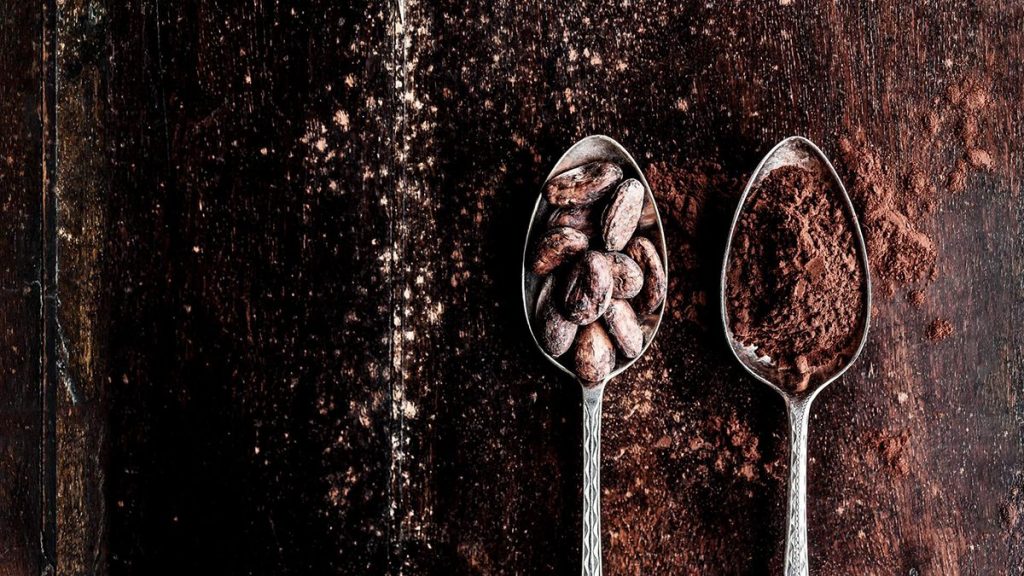Vranac is an indigenous black variety of Montenegro grown in Serbia, Macedonia and Bosnia, and Herzegovina.
Through history
A variety that was known and recognized in the world at the time of the former SFRY. Today, Vranac marks the wine with the character of the Balkans. The grapes are mostly harvested by hand, and depending on the area, harvesting begins in mid-September or early October. The berries are large, dark-colored with a harmonious sugar to acid ratio. Synonymous with Vranac is Vranec.
Vranac trivia
Origin: Montenegro
Other countries: Serbia, Macedonia, Bosnia, and Herzegovina
Features: Vranac is produced as a dry wine with pronounced tannins and acids. Young wines produced by Vranac have a robust tannic structure that provides a fresh, medium to high acidity (mainly 6-7%) but also sharpness in taste. After a year or two of aging, more complex aromas are obtained. The flavor becomes more subtle, fuller, loses its sharpness and develops a more extended and smoother finish. Vranac beautifully develops the aromas and balance of tannins and acids by aging in an oak barrel and aging in a bottle. Due to its harmony, it is often blended with other grape varieties, such as Cabernet Sauvignon and Merlot.
Color: From light purple to dark ruby color in aged wines.
Flavors: Dark red fruit (ripe cherry, blackberry, black currant, prunes, forest fruits …), fruit jam, cinnamon, cloves, mint, vanilla, chocolate, licorice, bay leaf, oak …
Alcohol percentage: 13-14%
Pairing with food: Smoked meat (prosciutto, roast, ham), grilled or roasted red meat, game, semi-hard, and hard cheeses …
Aguara chocolate dedicated to Vranac wine
In the process of creating this chocolate, we had real challenges. We tried several different regional wines such as Vranac winery Jovic from Serbia, Vranac cellar Vukoje from Herzegovina, Vranac Prime 13, July Plantaza, Vranec Stobi winery from Macedonia. The aromatic complex and recipe for this chocolate can be found here.







